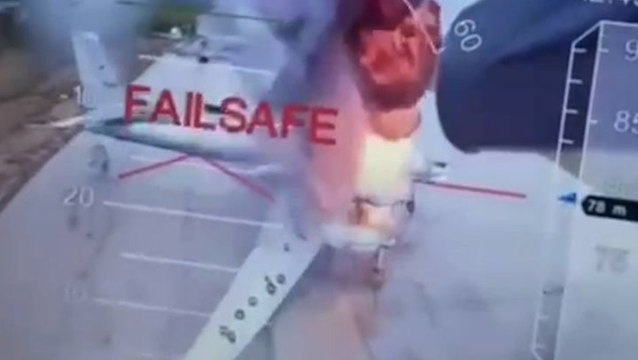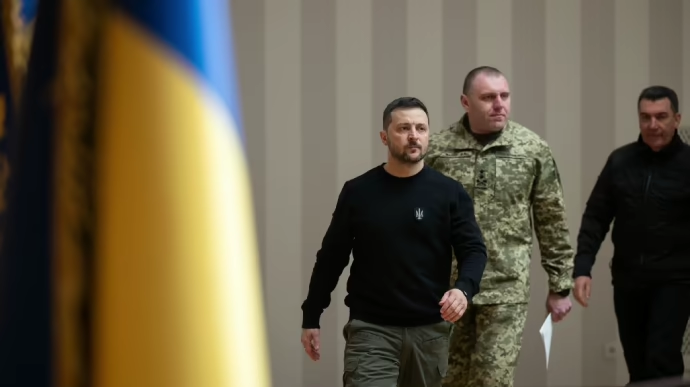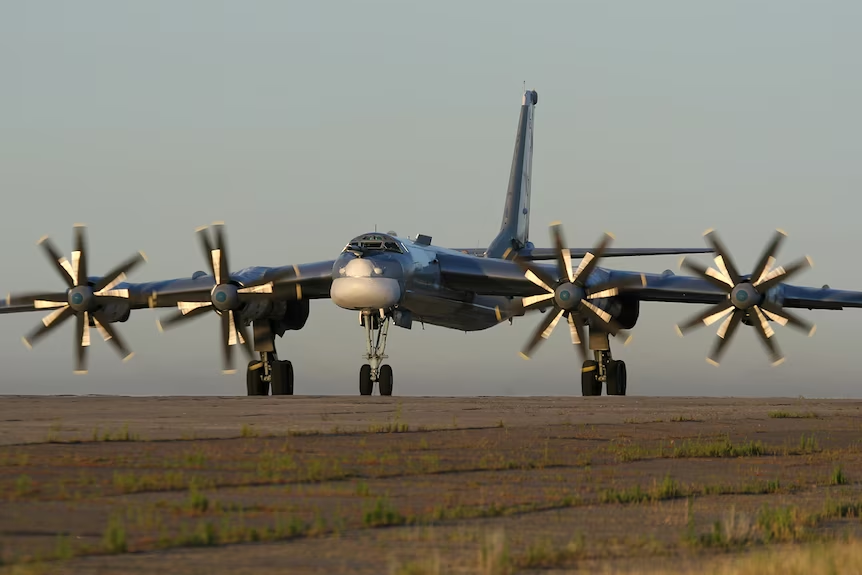Ukraine launched a massive drone attack called operation spiderweb inside Russia in early 1st June 2025, striking oil refineries and military infrastructure. Full details, official responses, and international reactions.

In a bold escalation of the ongoing war between russia and ukraine , the Ukraine launched one of its largest drone attacks inside Russian territory on June 1st and 2nd, 2025. The offensive involved over 100 unmanned aerial vehicles (UAVs), targeting oil refineries, fuel depots, and military installations across multiple Russian regions. These strikes highlight a significant shift in Ukraine’s war strategy, moving the conflict far beyond the front lines and deep into Russian territory.
Details of the Attack:
According to reports from both Ukrainian and Russian sources, the drone offensive took place over two consecutive nights and targeted regions including Krasnodar, Tatarstan, Kaluga, and areas near Moscow.
-
Russian officials confirmed drone activity in at least six regions, with dozens of drones intercepted by air defense systems.
-
Despite Russia’s defensive efforts, several drones reportedly reached their targets, causing explosions, fires, and damage to oil infrastructure.
-
Videos and images circulating on social media show plumes of smoke rising from oil facilities in Tatarstan and Kaluga after the strikes.
-
In Krasnodar, one drone reportedly crashed into an oil depot, causing a fire that took hours to extinguish.
Target Oil Refineries:
Ukraine’s drone attacks are strategically focused on Russia’s energy sector, especially oil refineries and fuel storage sites. This strategy aims to:
-
Reduce Russia’s ability to supply its military forces and strikes operating in Ukraine.
-
Create logistical bottlenecks by targeting transportation and fuel hubs.
-
Send a psychological message to the Russian leadership and public: that Ukraine can strike far beyond the front lines. that putin never expect and imagine.
These strikes are a continuation of Ukraine’s long-term strategy, which began in 2023 and has intensified in 2024–2025 as the country increases domestic drone production and develops longer-range capabilities.
Ukrainian military sources, speaking anonymously to Western media, claimed the attacks were part of a coordinated campaign to cripple Russia’s fuel supply chain, which is crucial for sustaining its war operations in Ukraine.
Security Service of Ukraine(SBU):
SBU chief Vasyl Maliuk claimed in the statement that Ukraine had hit aircraft at four Russian bases, inflicting more than $7 billion worth of damage on Russia’s bomber fleet. (that is the highest military infrastructure damage in history for Russia)

Ukraine’s Security Service (SBU) on June 4 released a new footage images and videos from its Operation Spiderweb, showing targeted strikes on Russian strategic aircraft across multiple airfields.
On June 1, the SBU conducted an operation using first-person-view (FPV) drones that were smuggled deep inside Russia and concealed in trucks, successfully striking 41 Russian heavy bombers and causing an estimated $7 billion in damage.
The attacks rendered a significant number of aircraft irreparable, with others expected to take years to restore. The strikes targeted four key airfields—Olenya, Ivanovo, Dyagilevo, and Belaya—used by Russian strategic aviation involved in bombing Ukrainian cities.
President Volodymyr Zelensky and SBU Chief Vasyl Malyuk personally oversaw the operation. some sources said that zelensky lead this operation by himself which show that how he is so smart and genius
The operation damaged or destroyed a range of aircraft, including A-50 surveillance planes, Tu-95, Tu-22, and Tu-160 bombers, as well as An-12 and Il-78 transport and refueling aircraft.
Zelensky said Ukraine would not have carried out its drone strikes on Russian strategic bombers if Russia had agreed to a ceasefire. Speaking at a June 4 meeting with journalists attended by the Kyiv Independent, Zelensky linked the operation to Moscow’s rejection of a truce.
Kyiv has consistently pushed for a Western-backed 30-day ceasefire as an initial step toward a broader peace agreement. However, during the latest round of negotiations in Istanbul on June 2, Russia once again declined the proposal.

Russia’s Reaction:
The Russian Ministry of Defense claimed that most of the drones were neutralized, using both electronic warfare systems and surface-to-air missiles. However, they also admitted and confirm that some facilities were hit and destroyed, causing minor but noticeable damage.
Kremlin spokesperson Dmitry Peskov condemned the attacks, calling them an “act of desperation” and vowed that Russia would respond “at a time and place of our choosing.”
In some regions, civilian flights were temporarily suspended, and security was heightened around energy infrastructure.
International Reactions:
-
NATO and Western allies have not publicly condemned the attack but urged caution to avoid further escalation.
-
Global oil markets reacted with brief volatility. While damage reports were limited, the targeting of Russian oil infrastructure sent a strong signal.
-
Military analysts noted that Ukraine’s use of cost-effective drones to strike deep into Russia marks a new era in asymmetric warfare, where traditional defense systems are often overwhelmed by swarms of UAVs.
